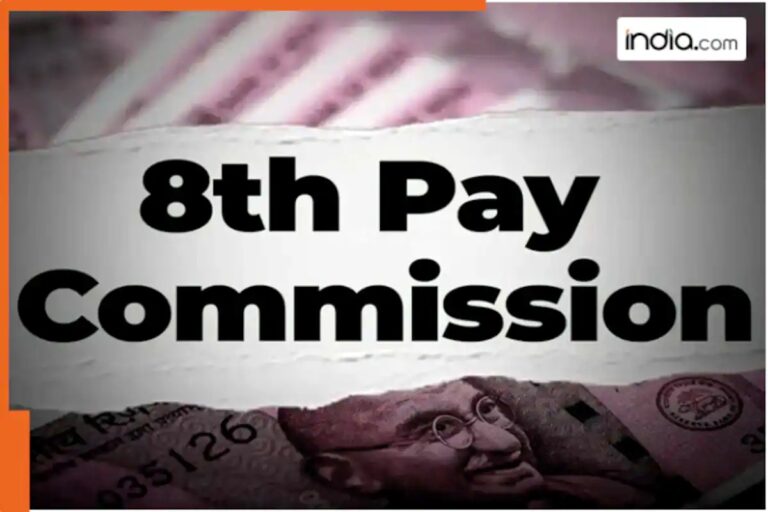
Supreme Court Order Sparks Pension Reform for Retiring Central Government Employees
Central Government employees who retire on the final day of the fiscal year may now benefit from a notional increment for pension calculations, following a landmark Supreme Court directive. The Personnel Ministry has issued guidelines enabling such employees to receive the increment on January 1 or July 1, depending on their retirement date. This decision aligns with a February 20, 2025, ruling by the Supreme Court, which emphasized the importance of equitable pension benefits for retiring staff. The ruling ensures that the notional increment is solely for pension calculation purposes, excluding other pensionary benefits. This development addresses longstanding concerns about financial disparities faced by employees retiring just before annual pay hikes, providing clarity and fairness in retirement benefits. The move reflects the government’s commitment to adhering to judicial mandates while balancing administrative complexities.
Eligibility and Implementation of the Notional Increment Policy
The updated guidelines specify that employees retiring on June 30 or December 31 will be eligible for the notional increment, provided they meet the qualifying service requirements. The Ministry clarified that the increment will be applied retroactively from May 1, 2023, but benefits prior to April 30, 2023, will not be reimbursed. This adjustment ensures consistency in pension calculations while preventing overpayment. The policy also mandates that the notional increment is exclusively for pension purposes, avoiding complications in other financial entitlements. Employees who opted for the unified pension scheme under the National Pension System (NPS) are now being urged to seek broader benefits, as highlighted by the All India NPS Employees Federation. This reform underscores the government’s effort to harmonize pension policies with judicial directives, ensuring transparency and fairness for retirees.
Industry Reactions and Broader Implications for Pension Reforms
The All India NPS Employees Federation has welcomed the decision, acknowledging its positive impact on retirees’ financial stability. Federation president Manjeet Singh Patel emphasized the need for further extensions of this benefit to NPS participants, urging the government to address gaps in pension entitlements. With approximately 48.66 lakh Central Government employees, the policy change is expected to affect a significant portion of the workforce. The reform also highlights the evolving role of judicial interventions in shaping administrative policies, particularly in public service sectors. As the government finalizes implementation details, stakeholders are closely monitoring the potential ripple effects on pension funds and retirement planning. This development marks a pivotal step toward more inclusive and equitable pension frameworks for government employees.
Historical Context and Legal Precedents in Pension Reforms
The current directive builds on a series of Supreme Court interventions aimed at rectifying pension disparities. A previous order from May 2023 mandated that one increment be payable from May 1, 2023, setting a precedent for retroactive adjustments. The February 2025 ruling reinforced the principle that pension calculations must reflect the employee’s service tenure accurately, even if they retire shortly before a pay hike. Legal experts note that this approach aligns with international standards for pension equity, ensuring that retirees are not disadvantaged by timing gaps. The Personnel Ministry’s clarification that notional increments are limited to pension calculations underscores the judiciary’s focus on financial transparency. This legal framework now serves as a blueprint for future pension reforms, balancing administrative efficiency with employee welfare.
Future Outlook and Challenges in Pension Policy Implementation
As the government finalizes the implementation of the notional increment policy, challenges remain in ensuring seamless integration with existing pension systems. The emphasis on qualifying service periods and satisfactory work conduct introduces administrative hurdles, requiring meticulous record-keeping. Experts warn that the success of this reform hinges on the accuracy of service tenure verification and the clarity of eligibility criteria. The National Pension System’s role in this transition remains a focal point, with calls for expanded benefits to NPS participants. Meanwhile, the judiciary continues to monitor the execution of these directives, ensuring compliance with constitutional principles of equity. This evolving landscape highlights the delicate balance between legal mandates, administrative execution, and employee welfare in shaping India’s pension architecture.




